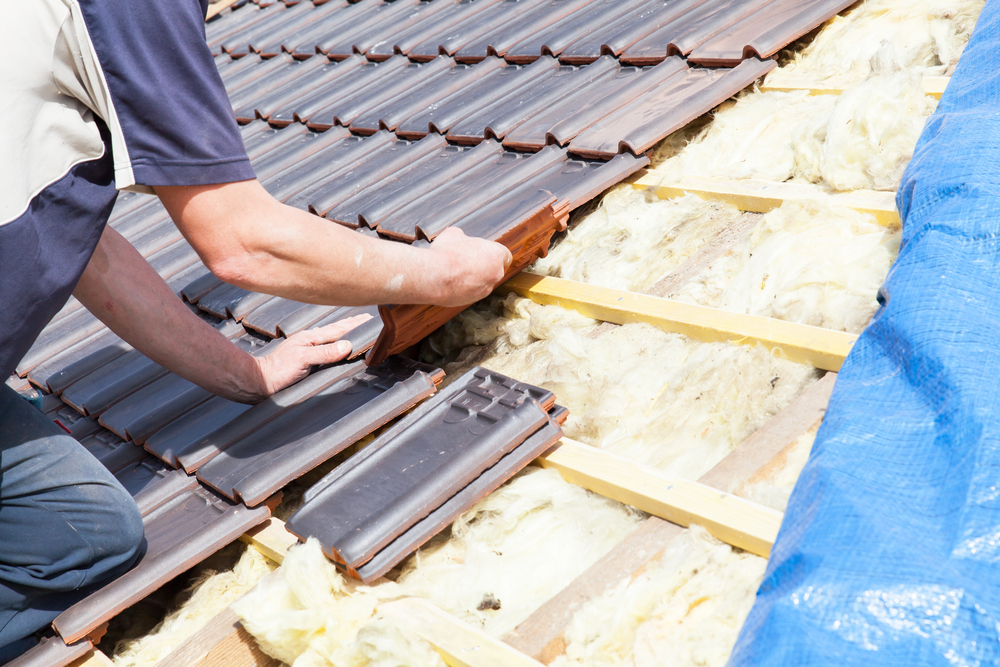FIND US ON THE WEB



The roof has several components, and one of them is ventilation. Without proper ventilation, roofs can suffer long-term damage, making it important to install a system correctly and maintain the parts. If you are considering installing a new roof, you must consider proper ventilation as part of the installation process.
A qualified contractor will be able to explain why proper ventilation is so important and advise on what type of venting system would work best for your roof. With regular maintenance and routine inspections, you can rest assured that your roof is properly ventilated and ready to withstand whatever mother nature throws its way.
Roof ventilation is designed to help keep the temperature of your attic in check and promote air circulation. This allows excess heat and moisture to escape through the ridge, soffit, and other vent openings. Without proper ventilation, air can become trapped in the attic space, causing it to become excessively hot.
While most people will assume that this is a minor issue, a hot attic can be extremely damaging. The extreme temperatures will cause the shingles to expand and contract excessively, leading to cracking, blistering, and deterioration. Also, moisture buildup in an unventilated attic can lead to mold growth and wood rot.

Ventilation and air circulation are key components of any roofing system. Without adequate ventilation, roofs can suffer from a build-up of heat and moisture that could cause costly damage over time. That’s why it is so important to make sure your roof has the right ventilation option installed when necessary.
There are several types of ventilation options available for roofs today, from ridge vents and soffit vents to turbine vents and gable end louvers. Ridge vents are installed along the peak or highest point of the roofline, allowing cool air to enter through one side and hot air to escape out the other side. Soffit vents are installed underneath eaves near gables in order to allow air movement
But what happens if you don’t have adequate roof ventilation?
Without proper ventilation, mold will start to grow in the attic. This is because of the high levels of moisture that get trapped in an unventilated space. Not only does mold look terrible, but it can be extremely hazardous to your health. It can lead to respiratory problems like asthma and allergic reactions.
By not having proper ventilation, your roof can become too hot in the summer months. This will make your home hotter and cause your air conditioner to have to work harder, resulting in higher energy bills.
Without proper ventilation, some areas of the home may feel warm and stuffy. This is because when hot air rises, it can get trapped in the attic and won’t be able to escape. On the flip side, without proper ventilation, cold air can become trapped in the attic, making certain parts of your home colder than usual.
If your attic is too hot, the air conditioner will have to work overtime to cool the home. This can cause it to overheat and break down often, leading to expensive repairs and replacements.
It’s important that you make sure your roof has proper ventilation in order to avoid any of these potential issues. Installing a proper venting system is essential for keeping your attic at an optimal temperature and preventing damage from occurring. By consulting with a qualified contractor, you can ensure that your home stays safe, healthy, and comfortable all year long.
If your roof doesn’t have proper ventilation installed, you will start to experience a few different problems. Fortunately, there are steps you can take to correct this problem:
These steps can help you fix a poorly ventilated roof and avoid future issues with your home’s structural integrity and energy efficiency. Be sure to consult with a roofing professional if you have any questions or concerns about the best action to take for your particular situation. With proper ventilation, you can rest assured that your roof will be in tip-top shape for years to come.



STEADFAST COSTUM CONSTRUCTION LLC. 2017 © All Rights Reserved.